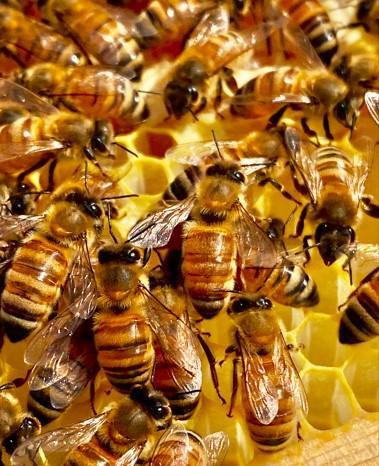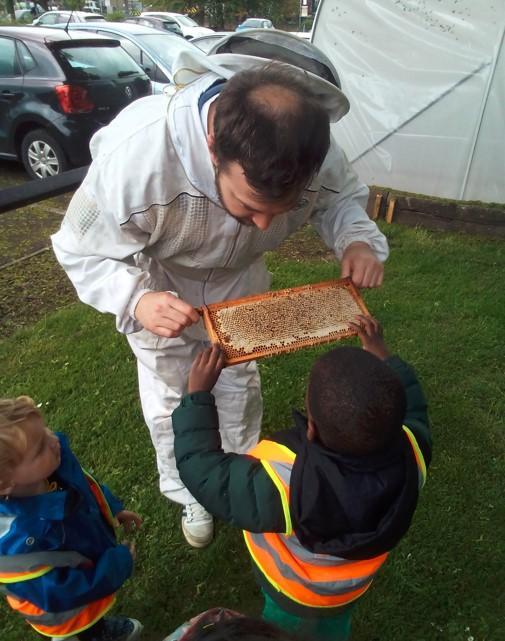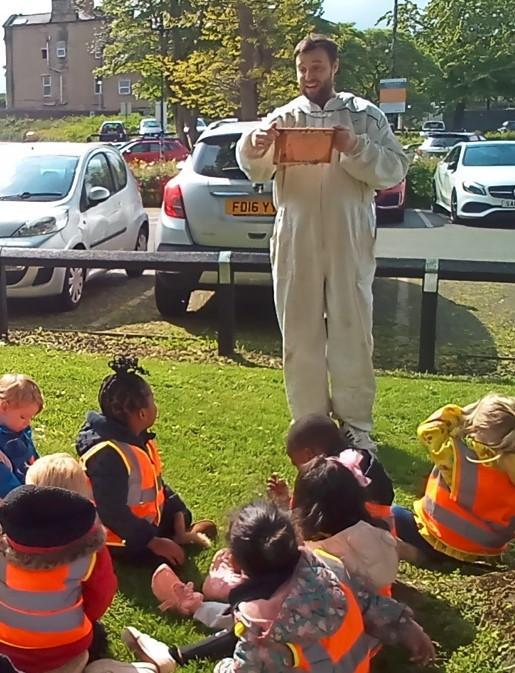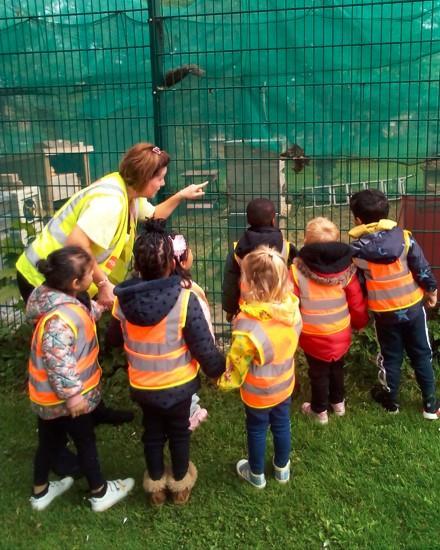Bees create a buzz around campus as part of sustainability drive

In a quiet corner of the University of Bradford campus, something quite remarkable is taking place. Between the Shearbridge car park and Student Central, there’s a distinct buzz in the air...
The university has its fair share of green spaces, some of it truly idyllic. A ‘no mow’ policy in May (which means grass verges and other areas have been left uncut) has given these enclaves even more of a rural, less urban feel.
The green spaces provide an escape for students busy with exams but if you stop and listen, some are a hive of activity all their own.
That’s because the university is home to around 120,000 bees.
Watch a video of the university bees here.
Lyn Ha, energy and environmental officer said: "We have had bees on campus for over 10 years now, and throughout that time we have initiated a planting strategy to improve the biodiversity of our campus for pollinators.
“The bees on campus thrive each year due to the varied planting undertaken by our grounds team, but also that of the local council and individuals throughout the district- bees can travel up to 5five miles for their forage."

The bees were filmed during one of their first inspections this year, and the campus nursery children were visited by one of the staff members that looks after the bees in his bee suit to teach the little ones about the campus bees.
University of Bradford Nursery lead, Diane Thomas said: “Some of the children went on an outing to meet one of the beekeepers at the university. It was really interesting to see his special beekeeper suit.
“The children enjoyed looking at the hives and taking part in a question and answer session. A few held the honeycomb frames and tasted them."

As part of the University of Bradford’s sustainable campus goals, the university has had bees on the site for about 10 years. Around 20 members of staff are trained and work with the Bradford Bees Association to care for the bees.
Honeybees can range up to five miles so the university’s bees help pollinate plants around the city.
All of this is part of the university’s continuing work on sustainability.
The University of Bradford is currently focused on three sustainable goals:
- To have a sustainable campus and university
- To drive sustainable social and economic development through outstanding teaching, research and innovation
- To motivate the next generation of students to go out and tackle the sustainability challenges through their learning

“Strengthening biodiversity on our campus and enhancing the ecosystem in our corner of Bradford also support our important Sustainability programme,” said former Chief Finance Officer and Sustainability Programme Sponsor, Stuart McKinnon-Evans.
The University of Bradford has space for four hives with an average around 60,000 bees in each. Currently there are two full hives and, in the summer, the other two will be filled. Each hive has one queen bee who lives for about three to five years laying millions of eggs.
A queen bee is the only female bee in a hive that can lay fertilised eggs. Worker bees are all female and are the daughters of the queen bee - they are call “broods.” Male bees are called drones and their primary purpose is to mate with other queen bees outside the hive.
Worker bees collect pollen, turn it into nectar, and then into honey. They also feed bee eggs, and larva. Bees store honey and cap it off with a wax.
Depending on the flower, the bees return to their hives with different coloured pollen. You can see this in the video of the University of Bradford bees here.
